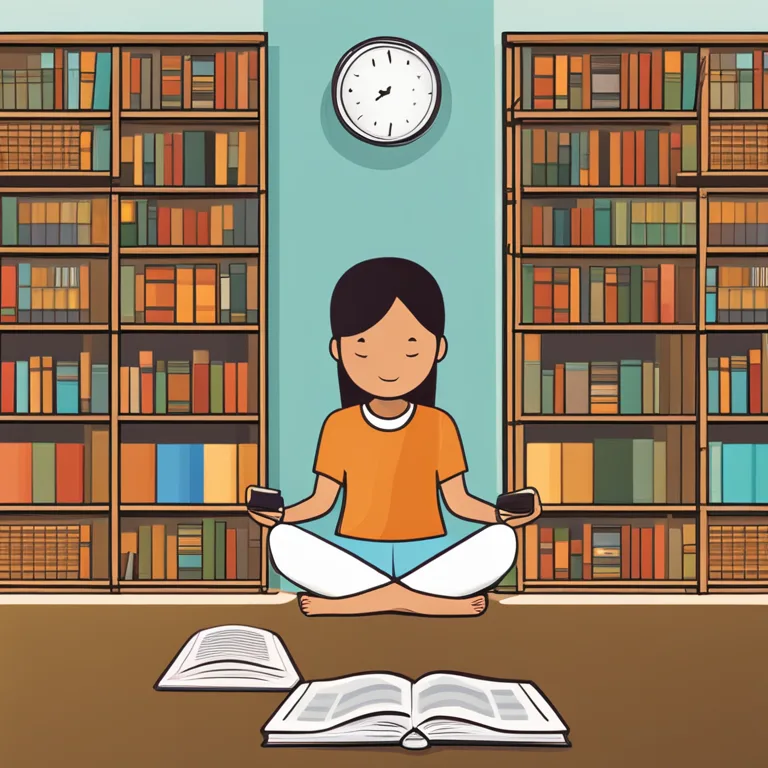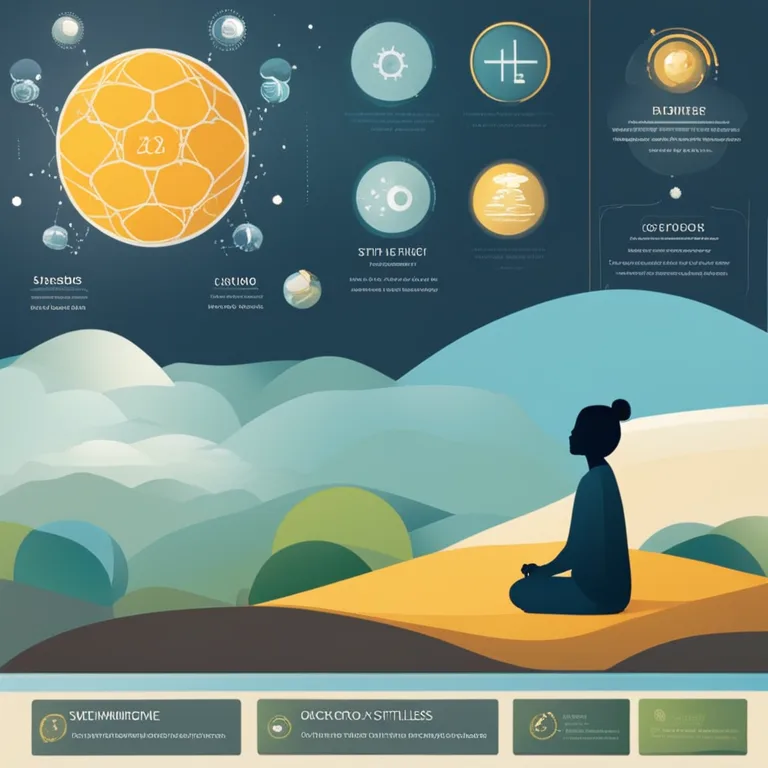
Mindful Stillness for Student Success
Discover how mindfulness meditation can enhance focus, reduce stress, and improve overall well-being for high school students.
article by Hina Kurosawa
Mindfulness Basics
With the high stakes and bustling environments of today's high schools, students often find themselves overwhelmed by the demands of academics, extracurricular activities, and social pressures. Mindfulness meditation offers a haven of tranquility amidst the chaos — a practice rooted in being fully present and engaged in the moment, without judgment. It's a mental workout that trains the brain to focus on the current experience, fostering a sense of peace and clarity that can have profound effects on a student's life.

The Science of Stillness
Neuroscientific research has substantiated the benefits of mindfulness, especially within the context of a developing adolescent brain. Regular practice has been shown to enhance cognitive flexibility, increase gray matter density in regions linked to learning, memory, and emotional regulation, and reduce the symptoms of anxiety and depression. By integrating mindfulness meditation into their daily routine, high school students can sharpen their minds and cultivate resilience against everyday stressors.

Academic Advantages
Mindfulness meditation is more than just a means to soothe the mind — it's a strategic tool for academic achievement. It enables students to approach their studies with a clear and concentrated mind, improving attention span and recall abilities. Furthermore, it instills a disciplined approach to learning, where students are more in tune with their study habits and less prone to procrastination. The heightened focus that comes with mindfulness can be particularly beneficial during standardized tests and demanding academic periods.

Social and Emotional Benefits
High school is often a turbulent time for personal development. Through mindfulness meditation, students gain insights into their thoughts and emotions, leading to enhanced emotional intelligence. This increased self-awareness can improve relationships with peers, teachers, and family members by promoting empathy and reducing reactionary behaviors. Moreover, as students learn to manage their emotions, they’re better equipped to navigate the social complexities of high school life.
Implementing Mindfulness Practices
Instituting a mindfulness practice doesn't require extensive resources or time. Simple techniques such as deep-breathing exercises, guided imagery, or body scans can be performed in short sessions, making them a perfect fit for busy student schedules. Schools can facilitate this by offering mindfulness programs or incorporating brief meditative moments at the beginning of classes. Additionally, the proliferation of mindfulness apps tailored for youths ensures that students have access to these tools at their fingertips.
Looking Ahead
As we march further into the digital age characterized by constant connectivity and information overload, mindfulness meditation becomes all the more essential. Its ability to anchor students in the present can act as a counterbalance to the hyperstimulation of modern life. With ongoing research and its growing prominence in educational settings, mindfulness is poised to become a fundamental component of student well-being and education.
Published: 1/8/2024
Modified: 1/8/2024
More predictions
Come back here soon to learn more about yourself and your future


Mastering Meditation: Pathways to Inner Peace
Discover the transformative benefits of meditation techniques, offering a gateway to enhanced well-being and mindfulness in the modern era.


The Power of Meditation: Enhancing Life with Inner Peace
Discover the profound benefits of meditation techniques for mental clarity, emotional balance, and overall wellness.


Harmonize Your Spirit: Energy Meditation Techniques
Discover the serene world of energy meditation to harmonize the spirit, balance the chakras, and foster inner peace in our modern lives.